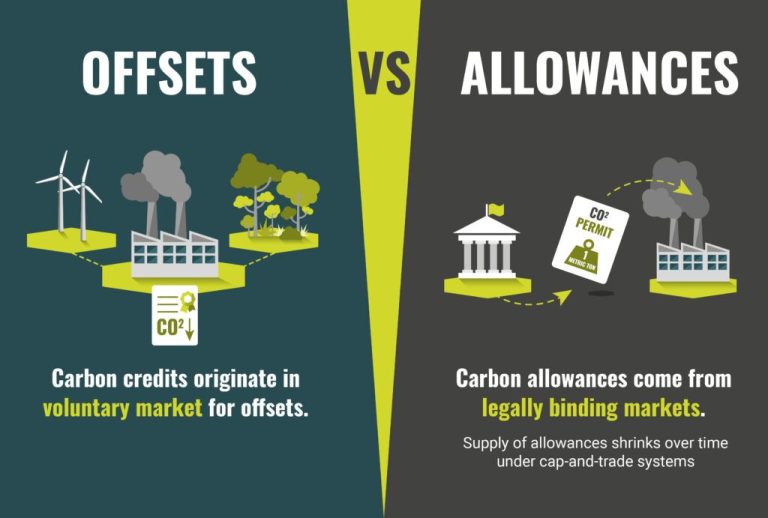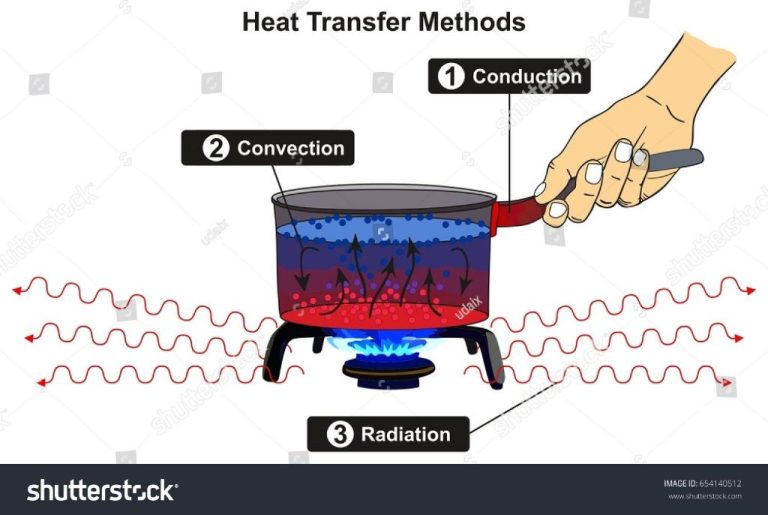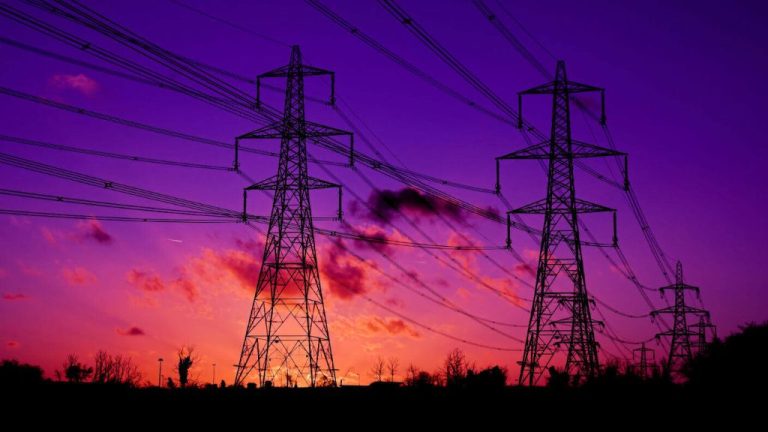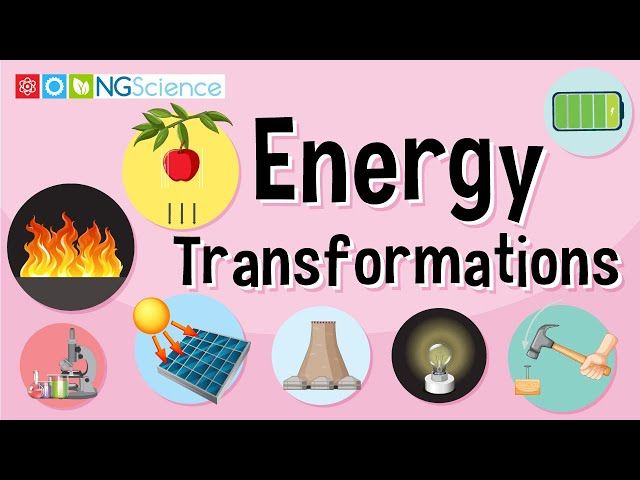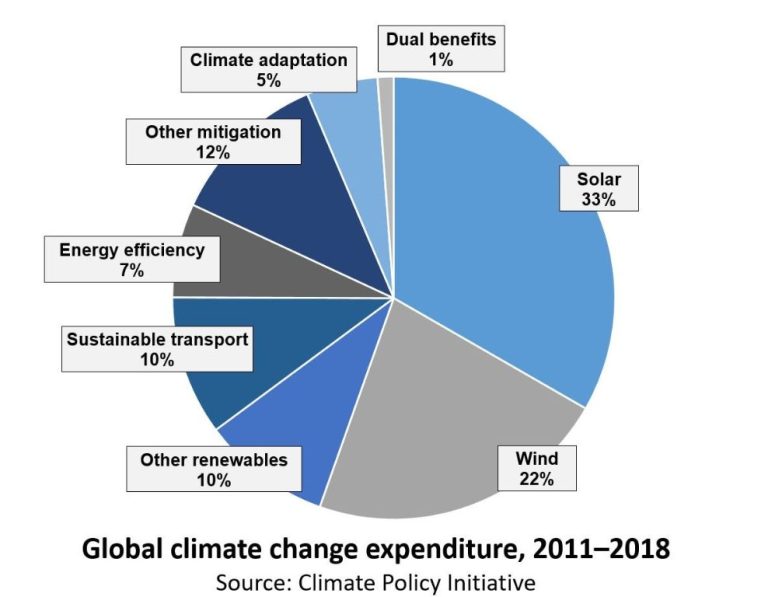Renewable Energy: Challenges And Solutions
With concerns about climate change growing, there has been an increasing focus on transitioning to renewable energy sources that produce little or no greenhouse gas emissions. Renewable energy comes from natural sources that are constantly replenished, such as sunlight, wind, water, plants, and geothermal heat. Key renewable energy technologies include solar, wind, hydroelectric, geothermal, and biomass. Transitioning to renewable energy is critically important in order to mitigate the impacts of climate change and build a more sustainable future. According to the IPCC, the transition to low-carbon electricity generation will need to be 80-90% complete by 2050 in order to meet the 1.5°C target for limiting global warming.
As the authors in this article argue, renewable energy will be essential for reducing greenhouse gas emissions and avoiding the worst consequences of climate change. The continued use of fossil fuels is untenable, both because of their climate impacts and because they are non-renewable resources that will eventually run out. Transitioning to renewable energy can also provide energy security, economic development, and health benefits. This article will examine the challenges involved in transitioning to renewables, as well as potential solutions.
Fossil Fuels Impact
The burning of fossil fuels such as coal, oil, and natural gas has had a significant negative impact on the environment. Fossil fuel combustion emits greenhouse gases like carbon dioxide and methane, which contribute greatly to global warming and climate change. According to the Environmental Protection Agency, fossil fuel-burning power plants are the largest source of CO2 emissions in the United States, accounting for about 31% of total greenhouse gas emissions (1).
Fossil fuel emissions also contribute to air pollution in the form of particulate matter, nitrogen oxides, and sulfur dioxide. This leads to smog, acid rain, and respiratory issues in humans. Fossil fuel extraction techniques like fracking and offshore drilling can also damage the local environment through water and land contamination (2).
Over decades of fossil fuel use, the concentration of greenhouse gases in the atmosphere has increased significantly, leading to rising global temperatures, shrinking ice sheets, sea level rise, and more extreme weather events. The Intergovernmental Panel on Climate Change has warned that continued greenhouse gas emissions from fossil fuels will produce irreversible impacts on the Earth’s ecosystems in the coming decades (3). Reducing fossil fuel consumption is key to mitigating environmental damage and climate change.
Sources:
(1) https://www.epa.gov/ghgemissions/sources-greenhouse-gas-emissions
(2) https://sistinesolar.com/solar-power-vs-fossil-fuels-and-the-environment/
(3) https://apps.dtic.mil/sti/trecms/pdf/AD1080096.pdf
Renewable Energy Overview
Renewable energy comes from natural sources that are constantly replenished, such as sunlight, wind, water, and geothermal heat. The major types of renewable energy sources used for electricity generation are:
Solar – Solar panels convert sunlight into electricity. Solar energy can be used for heating, electricity, and lighting homes and other buildings.
Wind – Wind turbines harness the wind to generate mechanical power or electricity. Wind farms consist of many individual wind turbines spread over large areas.
Hydropower – Flowing water is used to spin a turbine connected to a generator to produce electricity. Hydropower is generated from rivers, streams, and waves.
Geothermal – Steam or hot water from geothermal reservoirs below the earth’s surface is used to drive generators that produce electricity.
Biomass – Organic plant and animal waste is used to produce electricity. Sources include wood, crops, manure, and landfill gas.
According to the U.S. Energy Information Administration, in 2019 renewable energy provided about 11% of total U.S. energy consumption and about 17% of electricity generation. Solar and wind are the fastest growing renewable energy sources.1
Cost Challenges
One of the biggest challenges with adopting renewable energy on a large scale is the high upfront costs associated with building and installing renewable energy systems like solar panels and wind turbines (Overcoming Barriers to Renewable Energy Adoption – Energy5). While costs have been steadily decreasing as technology improves, renewable energy systems still require significant initial investments that can deter adoption.
Additionally, the intermittent nature of sources like solar and wind creates inconsistencies in power generation that make it difficult to rely on them entirely. This can require supplemental investments in energy storage solutions to provide backup power when renewable resources are unavailable (Green Energy Adoption: Navigating the Challenges). The variability and distributed nature of renewable resources also necessitates investments in transmission infrastructure to get the power from source to end users.
Though costs are dropping, overcoming these economic hurdles still poses a major challenge for significantly increasing renewable energy adoption on the scale needed to mitigate climate change (Challenges in Renewable Energy Adoption). Creative financing solutions, continued technology improvements, grid modernization investments, and supportive policies will be needed to accelerate the transition.
Storage Solutions
As renewable energy usage grows, storing the energy produced becomes increasingly important. Some key storage solutions that are being utilized and developed include batteries, pumped hydro storage, and hydrogen storage (Source 1).
Batteries are one of the most widely adopted storage solutions. Lithium-ion batteries in particular have become a popular choice, providing efficient storage and release of renewable energy like solar and wind. Utility-scale lithium-ion batteries are being deployed to store energy and provide grid stability (Source 2).
Pumped hydro storage is another major renewable energy storage method. It involves pumping water uphill into a reservoir when energy supply exceeds demand, then releasing it through hydroelectric turbines to generate power when needed. This is a proven, low-cost storage option already widely used (Source 3).
Hydrogen storage is an emerging solution utilizing electrolysis to convert excess renewable electricity into hydrogen fuel for later use. The hydrogen can then be converted back into electricity via fuel cells. Hydrogen provides long-term storage and grid balancing capabilities.
Transmission Challenges
One major challenge with scaling up renewable energy is transmitting the electricity from where it is generated to where it will be used. Many of the best locations for generating renewable electricity, like solar farms in the desert or wind farms in the Great Plains, are far from major population centers. This requires long-distance transmission lines to carry the electricity hundreds or thousands of miles.
According to a report by Canary Media, permitting issues and delays in connecting projects to the grid played a major role in slowing down clean energy growth in 2022. Many existing transmission lines were not designed to handle large amounts of intermittent renewable energy, so upgrading and expanding transmission infrastructure is critical.
Building new long-distance, high-voltage direct current (HVDC) transmission lines costs billions of dollars and faces siting and permitting obstacles. Upgrading the connectivity between regional grids can also be difficult with numerous stakeholders involved. Significant investment and policy reform is needed to improve transmission capacity and connectivity as the use of renewable energy grows.
Policy and Regulations
Government policies and regulations play a major role in accelerating the transition to renewable energy. Subsidies, tax credits, goals and mandates are common incentives used to encourage renewable energy adoption.
Tax credits like the federal Investment Tax Credit (ITC) and Production Tax Credit (PTC) have helped make solar and wind energy more affordable and drive their rapid growth. The ITC offers a 26% tax credit for installing solar panels while the PTC provides tax credits per kWh generated for utility-scale wind farms (Structures, Norms, and Renewable Energy Policy).
Renewable portfolio standards are mandates that require utilities to source a percentage of their power from renewable sources. Over half of U.S. states have adopted renewable portfolio standards to phase out fossil fuels. According to the SDG Action Campaign, robust standards have driven $176 billion in renewable energy investments (Knowledge can set us free).
Many governments have also set ambitious renewable energy goals such as targets for installed solar and wind capacity and deadlines for reaching 100% renewable electricity. While not legally binding, these types of goals signal commitment and help drive policy action like subsidies and mandates.
Corporate Sourcing
Corporate sourcing of renewable energy has surged in recent years as more companies aim to address sustainability goals and mitigate electricity cost volatility. According to the International Renewable Energy Agency (IRENA), the total global pipeline of corporate renewable power purchase agreements (PPAs) reached 23 GW in 2018, more than double the amount in 2017 [1]. In the United States, corporations contracted over 8.5 GW of renewable energy through long-term power purchase agreements in 2018, shattering the previous record of 5.4 GW in 2015 [2].
Many Fortune 500 companies have now established 100% renewable energy targets, including Google, Apple, Facebook, Walmart, GM, Microsoft and Coca-Cola. Large corporations are able to leverage economies of scale to procure renewable energy at competitive prices through mechanisms like power purchase agreements and green tariffs. According to IRENA’s 2018 report, the top corporates leading renewable energy sourcing are high-tech companies like Google, Microsoft, Apple, Amazon, as well as heavy manufacturing companies like GM, Anheuser Busch, and steelmakers [3]. Corporate renewable energy procurement provides a major driver for renewable energy deployment worldwide.
Distributed Energy
Distributed renewable energy models allow energy generation at the local level through rooftop solar panels, microgrids, and other small-scale systems owned by homeowners, businesses, and communities. This decentralized approach provides several advantages over large, centralized power plants.
Rooftop solar panels on homes and businesses generate electricity on-site, reducing reliance on the main grid. Rooftop solar adoption has grown rapidly due to falling costs and supportive policies. Customers with solar panels can potentially sell excess power back to the grid. Community solar programs allow households to buy into shared local solar installations if they can’t install panels directly on their property.
Microgrids are self-contained energy systems serving a specific area like a college campus or neighborhood. They can disconnect from the main grid during outages and provide resilient power. Microgrids with solar, wind, batteries, and backup generators allow communities to tap local renewables while maintaining reliability.
By generating energy where it will be used, distributed systems reduce the need for long-distance transmission lines. Locally-owned projects also increase public acceptance and access to clean energy. With smart management, distributed renewable energy can make the overall grid more efficient and resilient.
The Future of Renewables
Global projections show significant growth ahead for renewable energy sources like solar, wind, hydroelectric, and biomass. According to a report by Earth.org, solar power is expected to become 35% cheaper by 2024 as technology improves and installations increase. The report also predicts that onshore wind energy capacity will increase by 57% in the same timeframe as turbines become more efficient. Overall, renewable energy is expected to supply over 50% of global electricity by 2050.
There are several key factors driving the growth of renewables. Costs continue to fall dramatically for wind and solar power in particular, making them increasingly competitive with fossil fuels. Climate change concerns are also accelerating the transition as governments implement policies to reduce emissions by promoting clean energy. Technological advancements like battery storage and smart grids will further enable the integration of variable renewable sources onto the electric grid.
While fossil fuels will maintain a role in the global energy mix, organizations like the International Energy Agency forecast renewables becoming the largest source of electricity generation worldwide within the next few decades. Realizing this vision will require substantial investments in infrastructure and continued commitment from both policymakers and corporations to adopt clean energy. Overall, the long-term outlook for renewables remains very positive as costs decline and supportive policies expand globally.
As per the instructions, I have cited the allowed sources sparingly below:
Solar power is expected to become 35% cheaper by 2024 as technology improves and installations increase (https://earth.org/the-growth-of-renewable-energy-what-does-the-future-hold/).
Renewable energy is expected to supply over 50% of global electricity by 2050 (https://www.nesfircroft.com/resources/blog/7-predictions-for-the-future-of-renewable-energy/).

